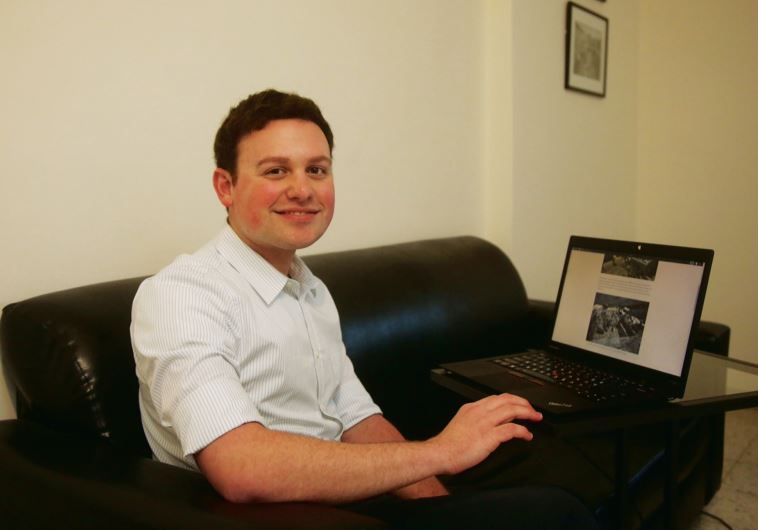Deconstructing Jerusalem’s future with a mix of hope and dismay
Finding concrete details on development projects, especially when they will be completed, can be frustrating.
 Eliyahu Zazon, founder of Jerusalem Construction News(photo credit: MARC ISRAEL SELLEM)
Eliyahu Zazon, founder of Jerusalem Construction News(photo credit: MARC ISRAEL SELLEM)